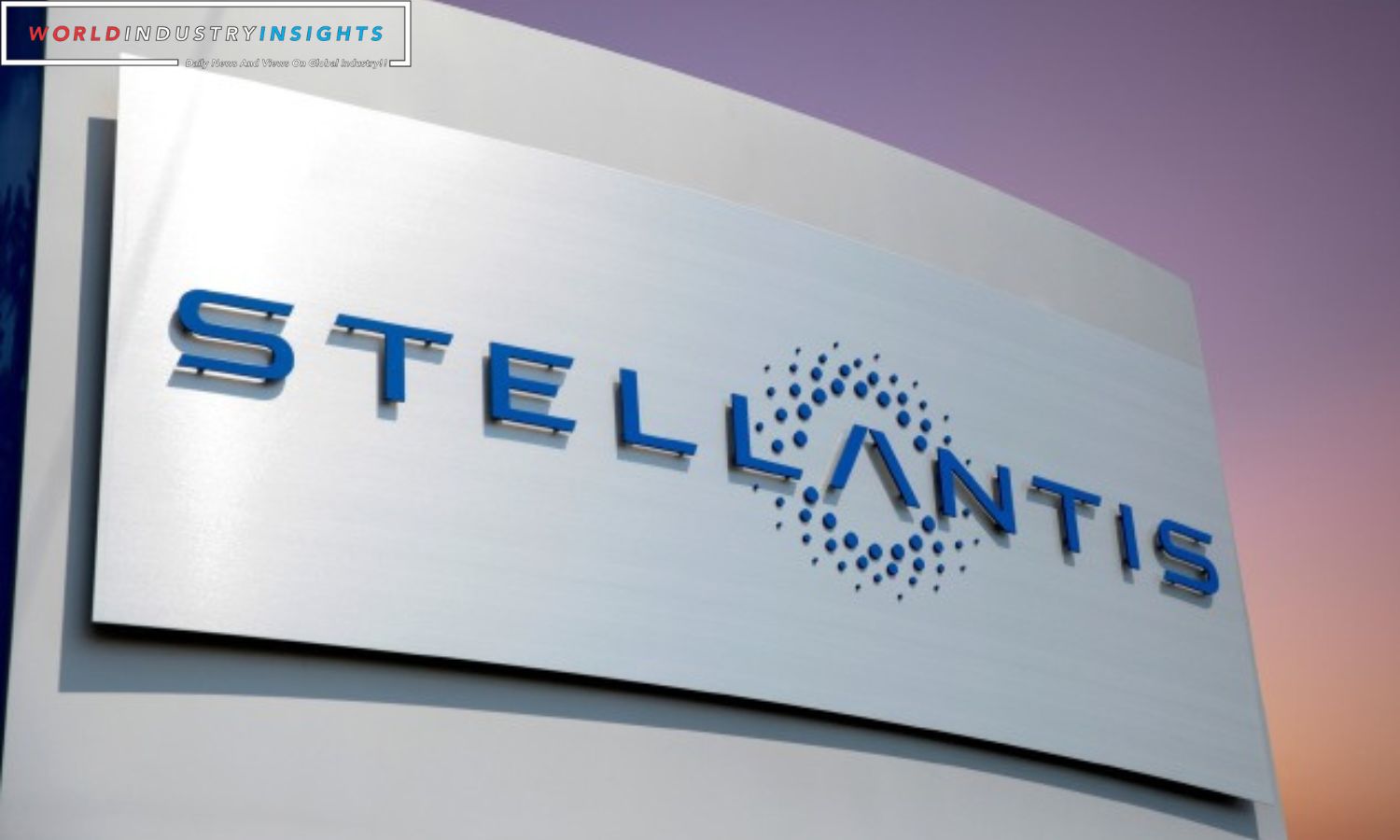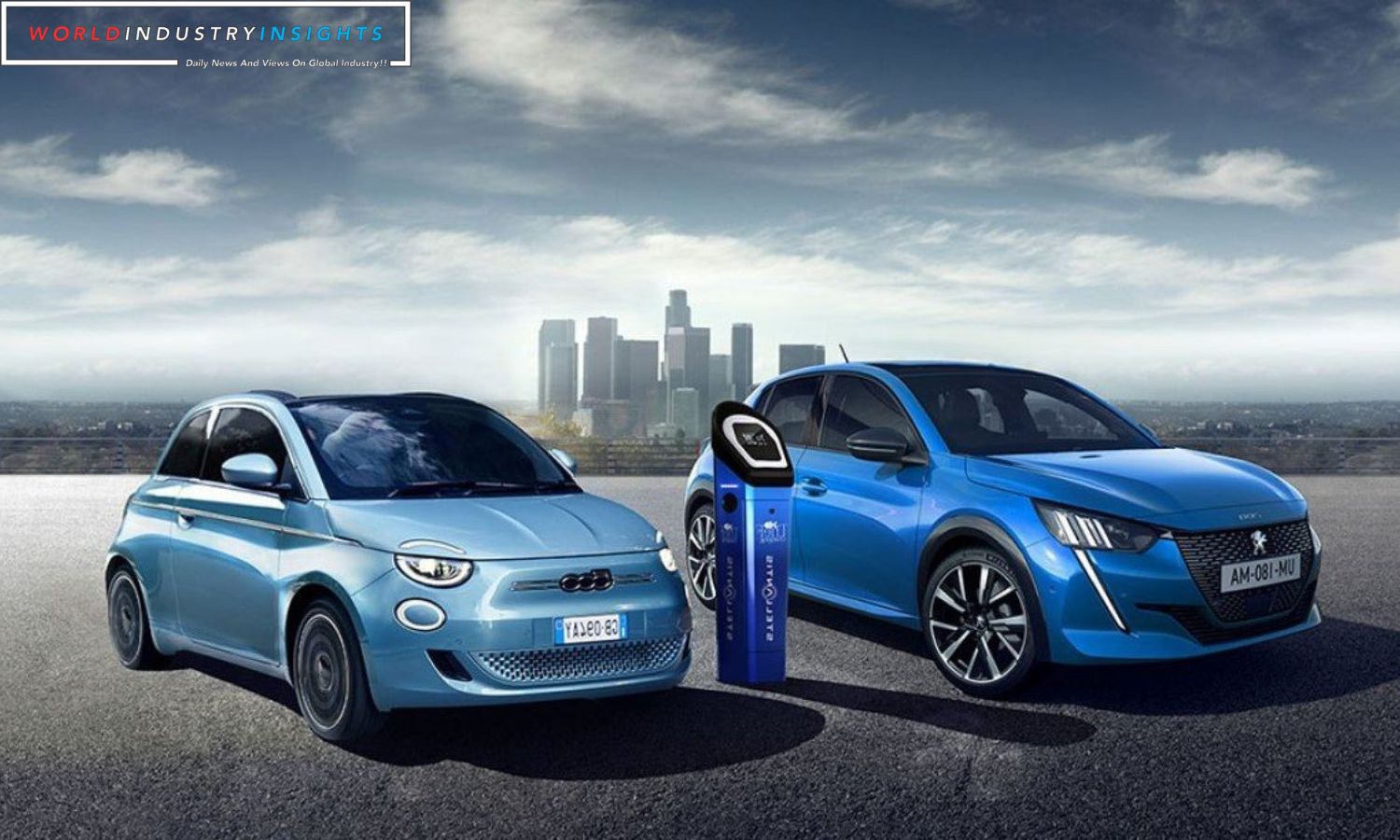Stellantis Revamps Revenue Goals: In a strategic move, Stellantis, the multinational automotive company, is set to revise its 2030 revenue target for the recycling and reconditioning unit. This decision comes on the heels of an impressive 25% revenue growth in the current year. Stellantis CEO Carlos Tavares emphasized the significant role of the circular economy in making electric vehicles (EVs) more affordable for consumers.
The ongoing challenges in the automotive industry, such as rising raw material prices and their limited availability, have prompted a paradigm shift towards a more sustainable approach. The environmental costs associated with extracting raw materials have added impetus to the industry’s focus on recycling and reconditioning practices.
Tavares addressed the issue of volatility in raw material prices, stating that it adversely affects the affordability of electric vehicles. To address this concern, Stellantis aims to establish a stable and consistent flow of raw materials, mitigating the impact of market fluctuations and contributing to lower inflation in the sector.
As part of its long-term business strategy, Stellantis is targeting a revenue of 2 billion euros by 2030 from its circular economy unit. This initiative involves recycling and extending the lifespan of various components, including EV batteries, and reintegrating materials into the manufacturing loop.
The recent inauguration of the circular economy hub in Turin’s Mirafiori complex marks a significant milestone for Stellantis. The hub focuses on extending the lifespan of parts and vehicles, reconditioning components, and recycling materials. The company’s initial investment of 40 million euros underscores its commitment to sustainable and environmentally friendly practices.
Also Read: Stellantis Powers Ahead: Strategic Pact with CATL Boosts Electric Vehicle Game in Europe
Tavares expressed satisfaction with the strong growth witnessed in the circular economy unit and hinted at a necessary revision of the revenue target, although specific details were not disclosed. He emphasized that the focus is not just on growth but on building a profitable business that aligns with the principles of sustainability and circularity.
Looking ahead, Stellantis plans to replicate the success of its Turin facility by adding three more circular economy hubs. These additional facilities are likely to be strategically located in North America, Latin America, and the Africa Middle East region, expanding the reach and impact of the circular economy initiative.
The new circular economy hub in Turin currently employs 170 highly-trained individuals, with plans to increase the workforce to approximately 550 by 2025. Notably, these employees are drawn predominantly from Stellantis’ existing workforce in Italy, showcasing a commitment to fostering skilled employment within the company.
Stellantis’ circular economy initiative is not just a financial endeavor; it represents a fundamental shift in the automotive industry towards sustainability, environmental responsibility, and the creation of a profitable yet eco-conscious business model. As the company navigates this transformative journey, the circular economy is poised to play a pivotal role in shaping the future of Stellantis and the broader automotive landscape.
Our Reader’s Queries
What are the strategic goals of Stellantis?
The Dare Forward 2030 strategic plan is a comprehensive effort by the company to achieve several goals. These include reducing net CO2 emissions by 50% from 2021 levels, achieving 100% BEVs in the sales mix in Europe by 2030, and having 50% BEV cars and light commercial vehicles in the United States. Additionally, the plan aims to double revenues compared to 2021 and establish the company as a leader in its industry.
What is the revenue projection for Stellantis?
Stellantis is projected to experience an 8% annual decline in earnings, despite a 1.5% yearly increase in revenue. Additionally, the company’s EPS is expected to decrease by 7.3% annually. However, there is a silver lining as the return on equity is predicted to reach 14.9% within the next three years.
What are the plans for Stellantis 2023?
In October 2023, the Company revealed its intention to purchase around 20% of Leapmotor for roughly 1.5 billion. This move will lead to the creation of Leapmotor International, a joint venture led by Stellantis with a 51/49 split. The venture will have exclusive rights to export, sell, and manufacture Leapmotor products outside of Greater China.
What is the goal of Stellantis?
Stellantis is dedicated to leading the charge in the battle against climate change. Our goal is to achieve carbon net zero emissions by 2038, making us the industry champion in this crucial fight. We are committed to doing our part to protect the planet and ensure a sustainable future for generations to come.


